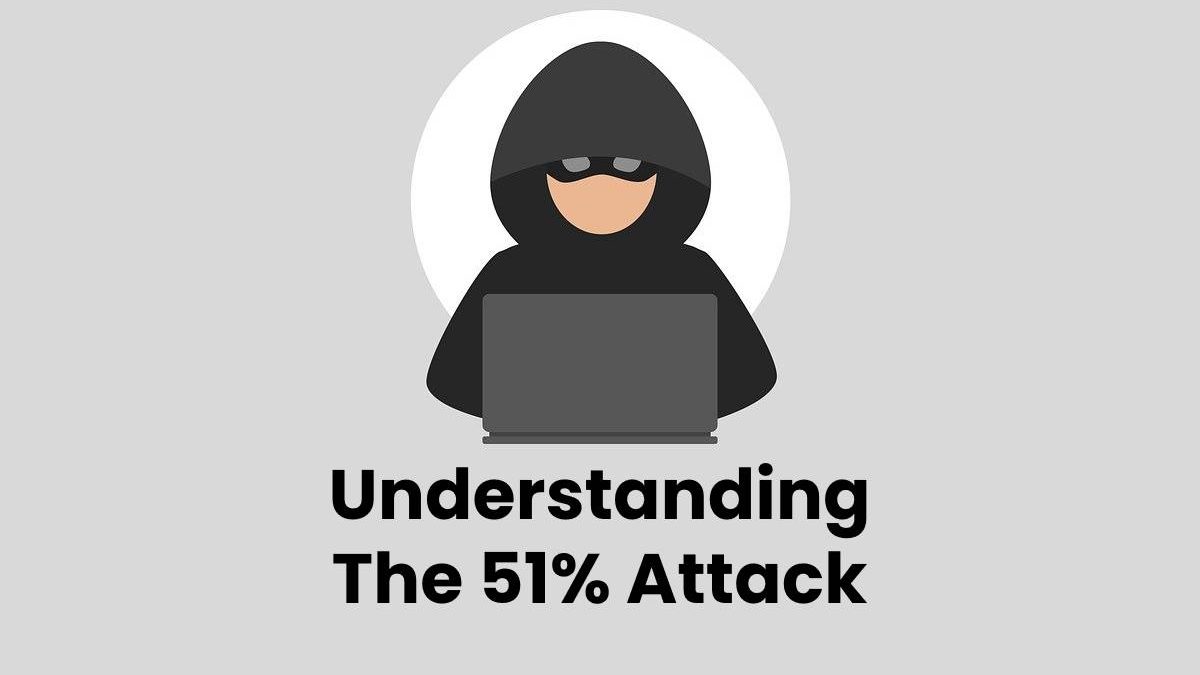Understanding The 51 Attack
The 51% attack represents an attack on the blockchain, orchestrated by a group of miners with more than 50% of a crypto network’s mining hash rate, which is the sum of all computing power that is dedicated to processing transactions. Cryptocurrency has gained so much popularity across the globe in recent times. Yet, there is always an issue of double-spending, which involves spending the same money for two different transactions. To prevent this from happening, and promote trust among participants, the blockchain keeps track of every transaction while being reviewed and updated.
The decentralization of cryptocurrencies ensures that no single person can assume total control of the network. Rather, decision-making authority is shared among all users of the network. The validity of the transactions in the blocks can be certain once an entire network can come to an agreement.
The mining process
This process ensures the validity of every transaction that occurs in a crypto network. This process is carried out by miners, who compete among themselves with the use of machines to generate a hash, which contains a higher or equal number of zeros at the front than the target hash. The miner that produces the winning hash which beats the target hash emerges as the winner. They earn the right to fill a new block with data. In the process, they are rewarded with new cryptocurrencies.
The availability of more machines or those machines that can produce more hashes in a second often possesses a greater chance of beating the target, thereby emerging as the winner and earning the right to fill a block with transaction data. This is then added to the chain. This can be compared to a lottery system. An individual who purchased 5,000 tickets stands a better chance of winning the lottery than someone who only bought 15 tickets. However, we must consider what happens when a malicious agent gains majority control of the network’s hash rate.
Update yourself with the latest happenings on cryptocurrency at Bitcoin Prime. They offer reliable crypto information that you can trust.
The 51% Attacks
As explained earlier, this attack – also referred to as a majority attack – involves a person or a group of people assuming control of more than 50% of the network’s hashing power. This usually occurs by renting mining hash power from a third-party intermediary. This results in the ability to stop the verification of new transactions, besides changing the processing order of new transactions.
This also ensures that malicious agents can rewrite some parts of the blockchain and in the process, reverse their transactions. This often results in double-spending. The 51% attack is a major cause of concern among crypto traders and investors. This is because a successful 51% attack will have a significant negative impact on the users of a network. This problem used to be an issue that most electronic payments faced when a network found it hard to prove that two or more people did not spend the same asset.
However, it must be stressed that the level of disruption this 51% attack can cause is limited. Even though a 51% attack can cause double-spending, such an attacker cannot reverse transactions made by others or prevent them from broadcasting transactions that take place on the network. Besides these, a 51% attack cannot result in the creation of digital assets or tamper with the functionality of block rewards.
The bottom Line
The growth of the blockchain network and acquisition of mining nodes makes it less likely for a 51% attack to occur. The great amount of computing power that must be invested in achieving a 51% attack is too high, especially on larger networks. The more transactions there are on the network, the higher the number of blocks that are added to the blockchain, and the more difficult it is to alter a block.
Related posts
Sidebar
Recent Posts
The Best Forex Brokers for Beginners
Since COVID-19 first popped up, interest in the forex market has increased dramatically. Knowing how to get involved with minimal…
Maximizing Success: The Symbiosis of Dedicated Software Development Teams and Product Design Services
The Symbiosis of Dedicated Software Development Teams and Product Design Services In the rapidly evolving landscape of technology, businesses aiming…



